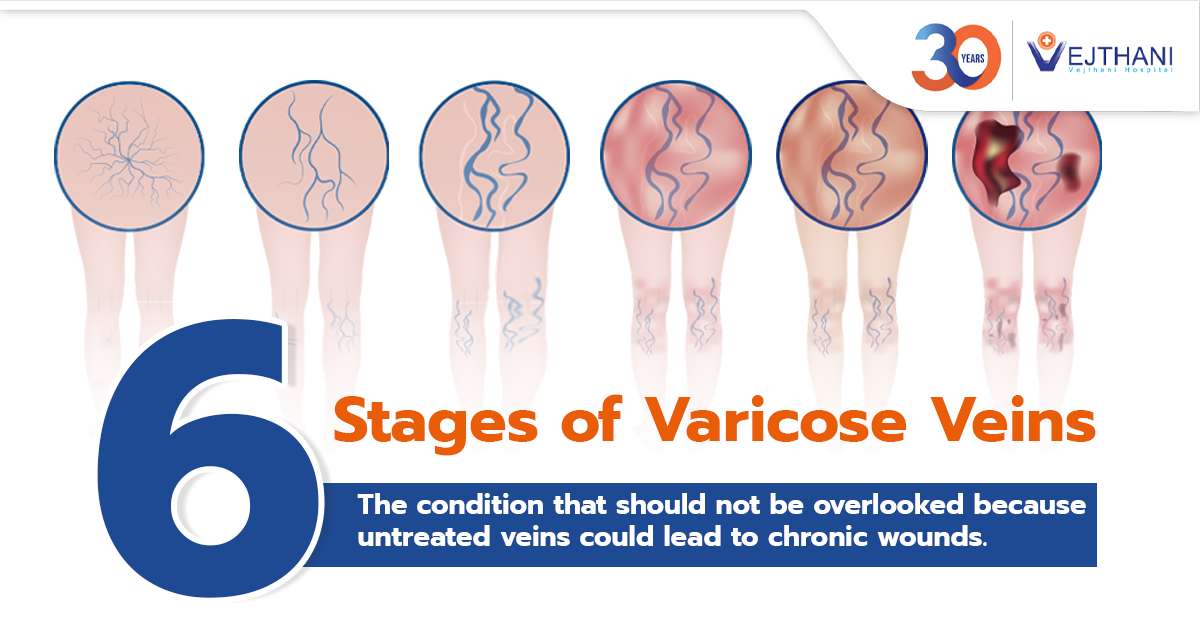
Ruptured Eardrum (Perforated Eardrum)
Overview
Tympanic membrane perforation, commonly known as a ruptured eardrum, occurs when there’s a tear or hole in the delicate tissue separating the ear canal from the middle ear. This condition can cause hearing loss and makes the middle ear more prone to infections. While most ruptured eardrums heal spontaneously within a few weeks, some cases may require medical intervention such as patching or surgical repair to aid in the healing process. When the eardrum is ruptured, it disrupts the normal transmission of sound waves to the middle ear and increases susceptibility to infections, water, and foreign substances.
Symptoms
Common signs and symptoms indicative of a ruptured eardrum may include:
- Ear discharge that is mucusy, pus-filled, or bloody
- Hearing loss
- Pain in the ears that might go away soon
- Tinnitus (ringing in the ear)
- Vertigo (spinning sensation)
- Vomiting, which may be the result of vertigo
If you experience any signs or symptoms suggestive of a ruptured eardrum, it’s advisable to contact your doctor promptly. The middle and inner ears consist of delicate structures prone to injury or illness. It’s crucial to ascertain the underlying cause of ear-related symptoms and evaluate whether a ruptured eardrum has transpired.
Causes
Potential causes of a ruptured (perforated) eardrum may encompass:
- Barotrauma. Barotrauma occurs when there is an imbalance between the air pressure in the middle ear and that of the surrounding environment, placing stress on the eardrum. Severe pressure discrepancies can lead to eardrum rupture. Barotrauma commonly arises from air pressure alterations during air travel. Additional instances that may prompt abrupt pressure changes, potentially resulting in a ruptured eardrum, include scuba diving and direct impacts to the ear, such as those from automobile airbag deployment.
- Middle ear infection (otitis media). A middle ear infection frequently leads to fluid buildup in the middle ear. The pressure exerted by this fluid accumulation can induce the rupture of the eardrum.
- Loud sounds or blasts (acoustic trauma). A loud sound or blast, such as those produced by explosions or gunshots, which essentially comprise overpowering sound waves, can occasionally lead to a tear in the eardrum.
- Severe head trauma. Significant trauma, such as a skull base fracture, can result in the dislocation or harm to structures within the middle and inner ear, including the eardrum.
- Foreign objects in your ear. Tiny objects, like a cotton swab or hairpin, have the potential to puncture or tear the eardrum.

















